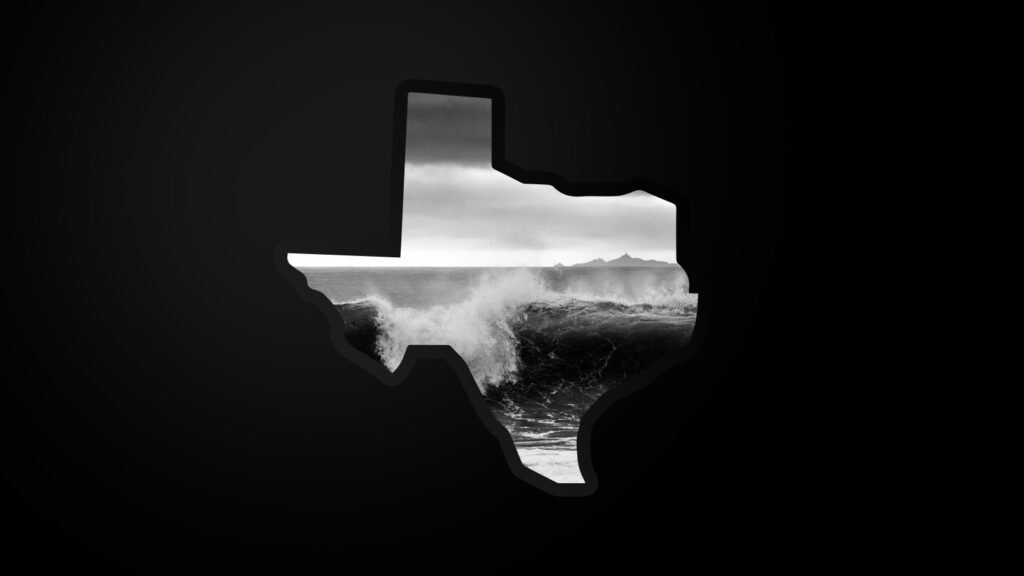Beryl strengthened into a hurricane before hitting the southern US state of Texas on Monday, prompting evacuations due to warnings of flooding and power outages.
The US National Hurricane Center (NHC) reported that winds reached 80 miles (130 kilometers) per hour as Beryl approached the Texas coast.
“Conditions are deteriorating with dangerous storm surge, flash flooding, and strong winds expected,” the NHC warned early Monday.
The National Weather Service issued a tornado alert for parts of Texas, including Houston, home to 2.3 million people.
“We have to take Beryl very, very seriously. Our worst enemy is complacency,” said Houston Mayor John Whitmire.
The mayor emphasized that the conditions at bedtime will be drastically different in the morning.
Several areas of the Texas coast were under hurricane and storm warnings on Sunday. Beryl is expected to make landfall between Corpus Christi and Galveston Island early Monday.
The NHC warned of up to 15 inches (38 centimeters) of rainfall in parts of Texas, which could cause flash flooding in some areas.
Authorities in Nueces County, home to Corpus Christi, asked tourists to leave, while neighboring Refugio County, still recovering from Hurricane Harvey in 2017, issued a mandatory evacuation order on Saturday.
The city of Galveston, southeast of Houston, issued a voluntary evacuation order for some areas, with social media videos showing lines of cars heading out of town.
Acting State Governor Dan Patrick urged Texans to stay alert, listen to local officials, and leave the danger zone if possible.
“It will be a deadly storm for people who are directly in that path,” Patrick said at a state emergency management news conference. “Trust me, you don’t want to be in a Category 1.”
Beryl left at least seven dead after tearing through the Caribbean and Venezuela, with winds at times reaching Category 5 strength.
It hit Mexico as a Category 2 hurricane on Friday, flattening trees and lampposts and ripping off roof tiles, though no deaths or injuries were reported.
Before that, it hit the Cayman Islands and Jamaica, and slammed Grenada, St. Vincent and the Grenadines, as well as Venezuela.
Beryl is the first hurricane since NHC records began to reach Category 4 in June and the earliest to hit Category 5 in July.
It is extremely rare for such a powerful storm to form this early in the Atlantic hurricane season, which runs from early June to late November.
Scientists say climate change likely contributes to the rapid intensification of storms like Beryl, as a warmer ocean provides more energy for them to feed on.
North Atlantic waters are currently between two and five degrees Fahrenheit (one to three degrees Celsius) warmer than normal, according to the US National Oceanic and Atmospheric Administration.


